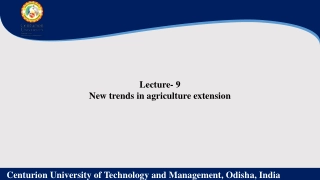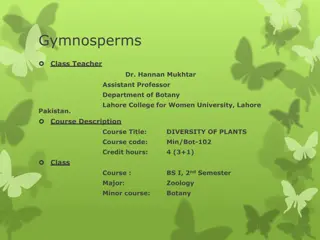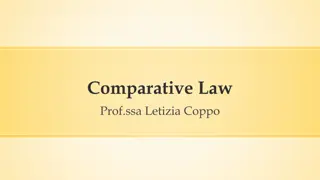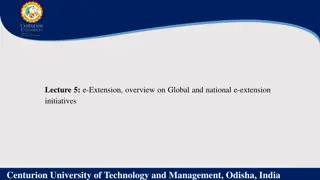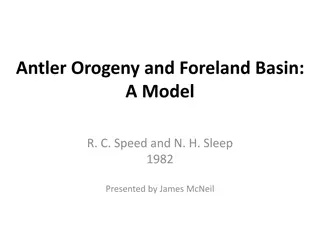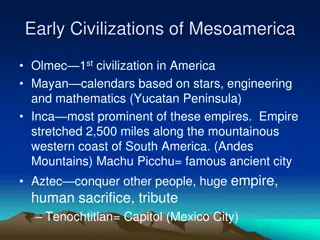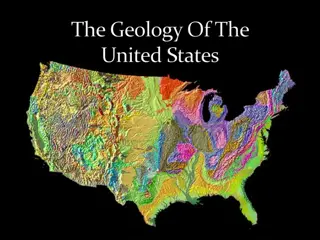Evolution of Sevier Orogeny and Cretaceous Extension in North American Cordillera
The Sevier Orogeny in the Cretaceous period led to extension in the North American Cordillera, with gravitational collapse playing a key role in the development of the Sevier fold and thrust belt. The internal zone consisted of metamorphic core complexes and Mesozoic-Paleogene plutons, showcasing evidence of Cretaceous extension. Basement-involved shortening and mid-crustal extension were crucial in this geological evolution, allowing for thrusting at depth. The Cretaceous extension model illustrated how extensional allochthon moved westward, emphasizing the importance of gravitational collapse. The Sevier/Cretaceous extension partially exhumed metamorphic core complexes, highlighting the complex structural geology of the region.
- Sevier Orogeny
- Cretaceous Extension
- North American Cordillera
- Metamorphic Core Complexes
- Geological Evolution
Download Presentation

Please find below an Image/Link to download the presentation.
The content on the website is provided AS IS for your information and personal use only. It may not be sold, licensed, or shared on other websites without obtaining consent from the author. Download presentation by click this link. If you encounter any issues during the download, it is possible that the publisher has removed the file from their server.
E N D
Presentation Transcript
1992 Atticus Proctor, November 2021 Key Points Cretaceous extension took place in the North American Cordillera during the development of the Sevier foreland fold and thrust belt. Gravitational collapse led to extension in the Sevier fold and thrust belt Mid-crustal decoupling of an intraplate allochthon moved westward, leading to extension Map of metamorphic core complexes within the Sevier Internal Zone
Geologic Setting Sevier Orogeny, spanned the Cretaceous (160-50 Ma) Internal Zone consists of: Metamorphic core complexes Mesozoic-Paleogene plutons Bounding features are complex due to complex structural geology Little to no surface expression of Sevier-age extension Evidence for Cretaceous Extension 16 metamorphic core complexes in the Internal Zone show evidence of Cretaceous extension.
Rheological Conditions for Basement-Involved Shortening Key consideration to the model: Shorten the basement to get mid-crustal extension! Analogous structures and geophysical data show the crust was thickened in the basement rocks, not by upper crust fold and thrust belts Basement thickening allows for thrusting at depth that places high-strength rocks at intermediate depths
Model for Cretaceous Extension Mid-Crustal Extensional Allochthon is created by gravitational collapse due to eastward verging thrusting and crustal thickening New detachment surfaces form in response to gravitational collapse Extensional allochthon moves west relative to the east verging upper and lower crust Mid-crustal extension is contemporaneous with upper-crustal shortening This model allows for extension without surface-breaking normal faults Tertiary normal faulting finishes exhuming metamorphic core complexes to the present-day surface W E J-K time K time K time Tertiary time
Important points pertaining to the evolution of the Great Basin During the Sevier orogeny the dominant movement was convergent, but there was also some extension This Sevier/Cretaceous extension partially exhumed many of the metamorphic core complexes that stretch from southern Canada to Arizona in the present-day W E


